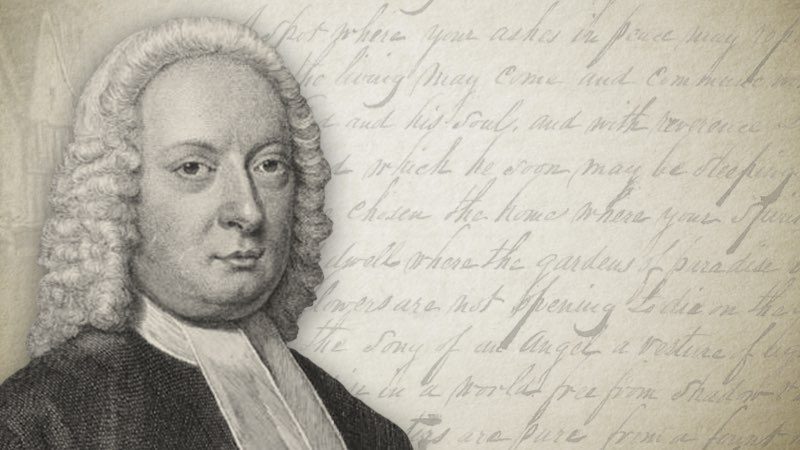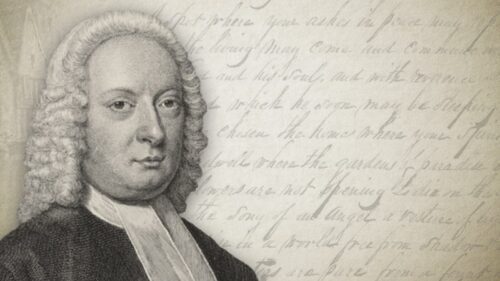-
John Gill’s Introduction
Chapter Outline Jared Smith's Outline Of John Gill's Introduction To The "Body Of Doctrinal And Practical Divinity". The Reason For Publishing A Body Of Doctrinal And Practical Divinity Having completed an Exposition of the whole Bible, the Books both of the Old and of the New Testament; I considered with myself what would be best next to engage in for the further instruction of the people under my care; and my thoughts led me to enter upon a Scheme of Doctrinal and Practical Divinity, first the former and then the latter; the one being the foundation of the other, and both having a close connection with each other. Doctrine has an influence upon practice, especially evangelical doctrine, spiritually understood, affectionately embraced, and powerfully and feelingly…
-
Table Of Contents: New Order
As it is my goal to align John Gill’s “Body of Doctrinal and Practical Divinity” with the Framework of Sovereign Grace, I have rearranged the eleven branches of theology, together with the individual chapters, in order to demonstrate how they fit together in the grand scheme of God’s masterplan for the ages. I have reduced the original eleven “Books” (or branches) to three main headings—(1) Of God; (2) Of God’s Revelation; (3) Of God’s Works. I have also reduced the original one hundred fifty-six chapters to one hundred fifty-one, having subtracted the five chapters belonging to the Appendix (a dissertation on the baptism of Jewish Proselytes). Under the first heading, “Of God”, there are thirty chapters. The first nine speak on the Godhead in general,…
-
Table Of Contents: Original Order
John Gill’s “Body of Doctrinal and Practical Divinity” was originally published in four volumes. The first two volumes were published in 1769, and were entitled, “A Body Of Doctrinal Divinity”. They were divided into seven “Books”, each of which dealt with a particular branch of doctrinal theology—Book 1: Of God, His Word, Names, Nature, Perfections And Persons; Book 2: Of The Acts And Works Of God; Book 3: Of The External Works Of God; Book 4: Of The Acts Of The Grace Of God Towards And Upon His Elect In Time; Book 5: Of The Grace Of Christ In His States Of Humiliation And Exaltation, And In The Offices Exercised By Him In Them; Book 6: Of The Blessings Of Grace, And The Doctrines Of…
-
An Introduction To John Gill’s “Doctrinal And Practical Body Of Divinity”
In the year 1999, I became the pastor of Bethesda Chapel, a Strict and Particular Baptist church[1] in London, England. I was a Moderate-Calvinist for the first ten years of my ministry, although I refused to identify with the Reformed Baptist Movement.[2] In the year 2010, the congregation came under internal and external pressures to adopt a plural eldership.[3] I resisted this pressure for scriptural, historical and practical reasons, but at the time, I was not well informed on the issues. Three years later, I completed an exhaustive study on the subject, resulting in an unpublished book, in excess of a thousand pages. My initial resistance to the Reformed Baptists’ views on plural elderships was confirmed and staunchly defended. It was at that time, early…
-
Title Page And Preface
A Body Of Doctrinal And Practical Divinity Or, A System Of Practical Truths Deduced From The Sacred Scriptures By John Gill 1815 Preface John Gill was born in Kettering, Northamptonshire, England, on November 23rd, 1697. At age 12, he was converted to Christ under the preaching ministry of William Wallis. However, he waited six years before agreeing to be baptized, after which he became a member of his local church. At the age of 23, he was inducted as pastor of the Strict and Particular Baptist Horselydown church, the office of which he held until his death on October 14th, 1771. His 50 year pastoral ministry was accompanied by a prolific written ministry. He was the first Baptist to write an exhaustive theological treatise, which…




